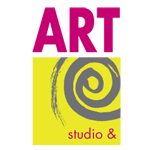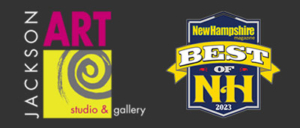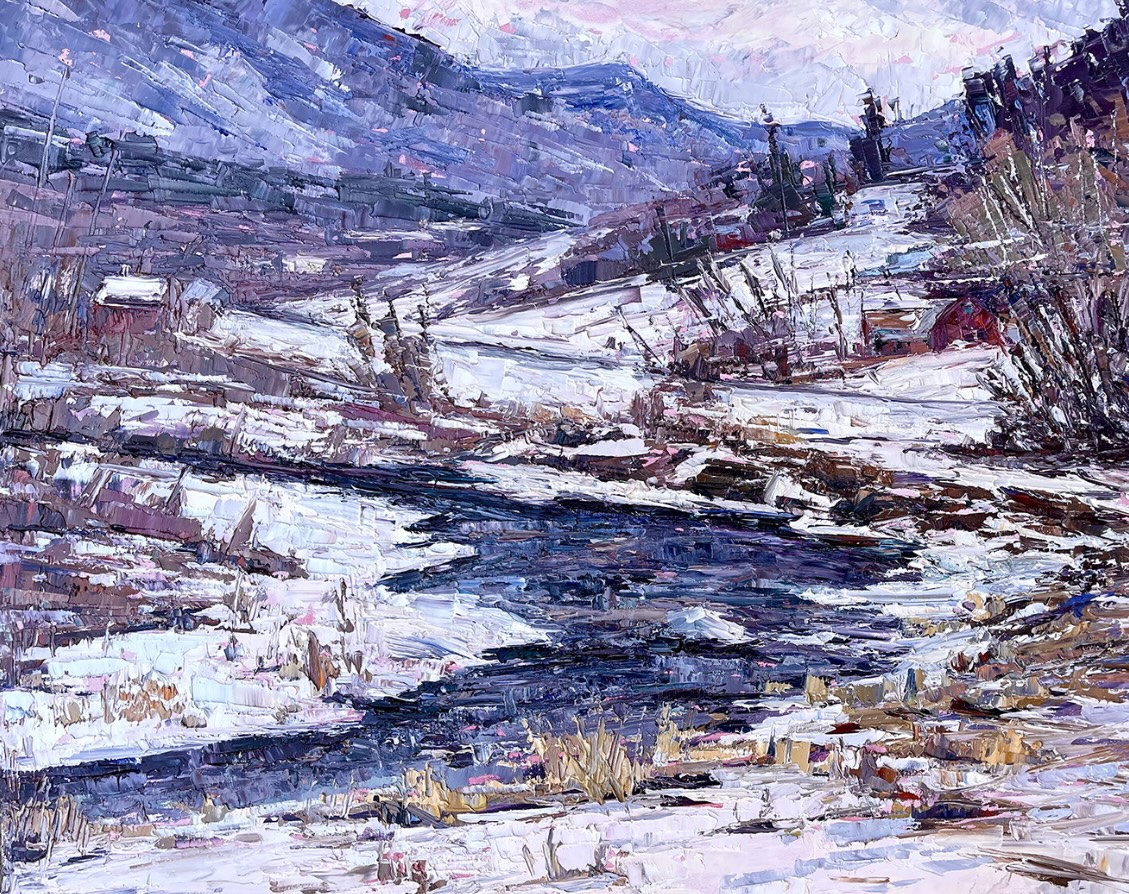Outdoor Painting with Stapleton Kearns, July 27-29
Description:
In this three day outdoor painting workshop, Stapleton Kearns will present an orderly and reliable way of helping you get a painting onto canvas! To do that, he will explain the materials, their uses and characteristics, and an order of execution in creating a painting. Stapleton will stress picture making and the importance of getting art into the work.
Each morning he will start with a demo and then students will paint while he goes from easel to easel, working with each person individually. He will try to analyze what each student needs to learn and identify the gaps in their knowledge while giving clear suggestions. He will also emphasize the difference between color and value and will have a lot of solid info to share. This class is suitable for beginner students as well as artists who are trying to cross the line into professionalism. Student will also be introduced to several painting exercises that will help build skills in landscape painting. In the evening after dinner on Sat & Sun night, Stapleton will present a slide show on the history of landscape panting and the design ideas in selected artist’s work. The camaraderie is an important part of Stapleton’s workshop and he hopes to teach as much as possible in this intense three day class.
Sat., July 27 - Mon., July, 29, (three full days) 9am-5pm, (optional slide show Sat & Sun evening from
7-8:30pm at Jackson Art) $400
To find out more visit Stapleton's blog at stapletonkearns@blogspot.com
Stapleton Kearns: Born in 1952, I left art school dissatisfied with the contemporary instruction and became a student in the atelier of R.H.Ives Gammell. This was in the early nineteen seventies at the Fenway studios in Boston, Massachusetts. Ives recreated a late 19th century academic training based on his own studies with the Boston painters in the nineteen twenties. I also studied with the late Robert Douglas Hunter. In the summer of 1974 I discovered outdoor painting and knew that was to be my life’s work. Shortly before I turned thirty I moved to Rockport, Massachusetts and opened a tiny gallery of my own work in that historic art colony. Since that time I have been able to support myself as a professional oil painter. I was made janitor, and then later president of the Rockport Art Association, and elected to membership in the Guild of Boston Artists, on whose board I currently sit. I painted alongside many well known New England artists who have now passed away.. I paint full time and have made and sold thousands of paintings, traveling extensively to do it. As an established artist with a national reputation, I have taught dozens of workshops.
Workshop Materials List:
You will need a a french easel, a pochade box and tripod, or a Gloucester easel. Aluminum collapsing easels and little wooden tripod easels are generally not steady enough and they won’t hold your palette. I don’t recommend them. Jackson Art has French easels for rent if you are interested. Please inquire.
In your paintbox you will need:
Titanium White
cadmium yellow medium or light
cadmium red light
burnt sienna
either cobalt, Prussian, or pthalocyanine blue
yellow ochre
ultramarine blue
Permanent alizirin or quinacridone red
viridian or permanent green deep
you also might want, but won’t require,
Ivory black or
cobalt violet
Palette of some sort, most easel setups include a palette.
Medium. I like Liquin or Galkyd but if you like an oil and varnish medium that is fine too. You may already be using a medium at home, bring that. Also you will need a top from an olive jar or a small oil cup to put it in.
Mineral spirits or turpentine, and a tuna fish can to put that in.
A roll of Bounty or Viva paper towels, all others are inferior.
Also a grocery store plastic bag for them after use.
A selection of flat brushes, a couple of #1’s, several #4’s, a #8 or 10 and a short handled rigger, synthetic or sable, about a #4 . Also a leaf shaped palette knife.
You will need a hat with a substantial brim, a baseball hat works well. I carry a container of Goop, you can get that at WalMart or an auto supply store, to use cleaning your hands.
Several canvases, or panels to paint on. Please no cardboard artist boards they are floppy and impermanent dreadful things. Gessoboard is nice, sourcetek panels are good, clayboard is too absorbent. I think a 16 x 20 is the ideal size. Small canvases bring an added complexity to painting as you need to miniaturize nature to go on them. Don’t bring anything larger than an 18 x 24 unless you are a pro.
Some people like to have an umbrella to shade their canvas, I don’t use one, but you might.
A camera, you will want to get a shot of what you are painting because it may save the project later in the studio.
Cancellation Policy: We ask that you to give us two weeks notice if you need to cancel for a full refund minus a $25 cancellation fee. Cancellations should be made by phone by calling (603) 387-3463. This provides us the opportunity to fill the space. We are sorry, but we cannot give refunds or issue credits for missed classes or no shows.
We are sorry but registration for this event is now closed.
Please contact us if you would like to know if spaces are still available.






